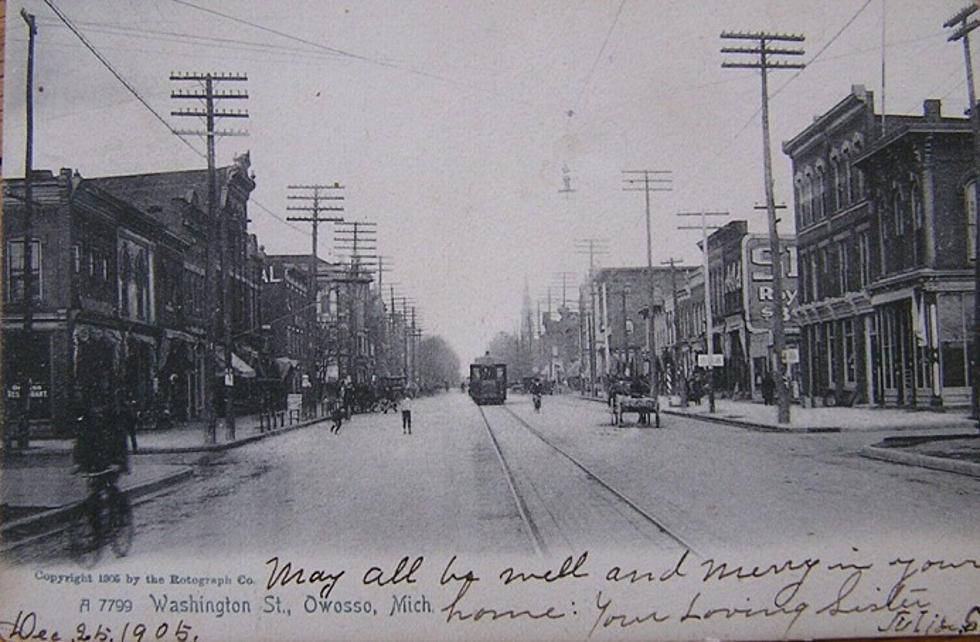
A Gallery of Owosso “Then-and-Now” Photos, 1900s-2000s
One of Michigan’s most historic and enduring towns is Owosso, in Shiawassee County. The story began when brothers Alfred and Benjamin Williams came here in 1833 and settled right in, becoming the first to purchase land. According to writings by Benjamin, they were “following an Indian trail most of the distance, with our rifles, blankets, a small tent, and what provisions we could carry on our backs. The next day we reached a Chippewa Indian reservation of 3,000 acres on the Shiawassee River. We were kindly received and entertained in the true French manner.”
It took another couple of years (1835) for the area to become an actual settlement when Elias Comstock built a double-log house, the first structure within the settlement limits.
Known as Big Rapids (the anglicized term for the Chippewa “Che-bocwating"), it needed a post office. It was granted one in 1838 under the name “Owasso”, after their friend, Native American Chief Wasso. The government had moved Chief Wasso and his tribe off the land and onto a nearby reservation in the mid-1830s.
FAST FACTS:
1837: First saw mill
1839: Grist mill
1850: Dewey & Stewart flour mill
1859: Incorporated as a city
1875: The name officially became “Owosso”
1876: First fire department
Since those early rumblings, Owosso has continued to provide more intriguing history over the decades: James Curwood and Curwood Castle, Owosso’s part in introducing The Beatles to Michigan, the boyhood home of Thomas Dewey (ran against Harry Truman in the late 1940s), home of the world’s largest casket makers, Steam Railroading Institute and more.
Plus the fact it’s a fun place to visit, shop the streets, and check out the mom & pop stores downtown. NOW! Take a look at the gallery below for some vintage and “then-and-now” photos of Owosso!
Vintage Owosso 'Then-and-Now' Photos
MORE STUFF:




